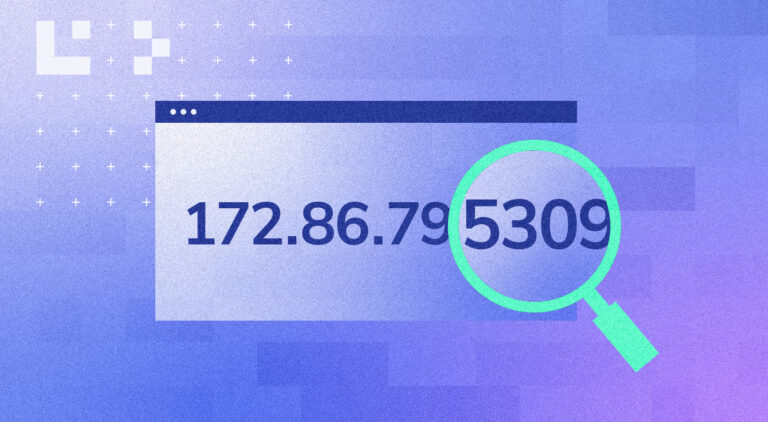The WMT Scheduler helps me handle my tasks better because it’s easy to set up and plans tasks smartly. It’s like having a helpful assistant that keeps me organized and focused on what’s important.
“WMT Scheduler helps manage tasks better in high-performance computers, with efficient resource allocation and easy scheduling. Its user-friendly interface boosts productivity and organization.”
In this article, we’ll discuss the WMT Scheduler, a tool that helps manage tasks efficiently. Learn how it simplifies scheduling and boosts productivity in computing environments.”
What Is A WMT Scheduler – Go Through It!
The WMT Scheduler, short for Workload Manager and Task Scheduler, is a crucial component in the realm of high-performance computing (HPC) environments.
It plays a pivotal role in efficiently managing computational tasks across distributed resources like clusters or grids.
The Workload Manager aspect of WMT Scheduler is responsible for overseeing the execution of tasks or jobs submitted to the computing environment.
It allocates resources to these tasks based on various criteria such as priority, availability, and administrator-defined policies.

On the other hand, the Task Scheduler component within the WMT Scheduler handles the scheduling of individual tasks for execution on available resources.
It determines the optimal timing and placement of tasks to maximize resource utilization and job throughput, considering factors like resource constraints and dependencies between tasks.
In the context of HPC, the WMT Scheduler is designed to handle large-scale parallel computing workloads efficiently.
It distributes tasks across multiple nodes or cores, aiming to achieve maximum performance and scalability.
The precise features and capabilities of a WMT Scheduler may vary depending on the specific software or system it’s associated with.
Applications Of WMT Scheduler – Keep Eye On IT!
- The primary function of the WMT Scheduler is to manage computational tasks in high-performance computing (HPC) environments, ensuring efficient utilization of resources.
- It oversees the execution of tasks submitted to the system, prioritizing them based on factors such as urgency, resource availability, and user-defined policies.
- The WMT Scheduler allocates resources to tasks, such as CPU cores, memory, and storage, in a manner that optimizes overall system performance and throughput.
- Within the WMT Scheduler, the Task Scheduler component plays a vital role in determining when and where individual tasks will be executed.
- Task scheduling involves considering various factors like task dependencies, resource constraints, and the overall workload of the system.
- By intelligently scheduling tasks, the WMT Scheduler aims to minimize idle time and maximize resource utilization, thus improving overall efficiency.
- Users can interact with the WMT Scheduler through a user-friendly interface or command-line tools, enabling them to submit, monitor, and manage their computational tasks effectively.
- Administrators can configure the WMT Scheduler to enforce policies regarding task prioritization, resource allocation, and scheduling behavior to meet specific organizational requirements.
- The WMT Scheduler is designed to handle large-scale parallel computing workloads, distributing tasks across multiple nodes or cores to achieve scalability and performance.
- It provides mechanisms for job queuing, job monitoring, and job accounting, allowing users and administrators to track the progress and resource usage of their tasks.
- The WMT Scheduler may offer advanced features such as job preemption, job reservation, and fair-share scheduling to further enhance resource management and allocation.
- Overall, the WMT Scheduler plays a critical role in orchestrating computational tasks in HPC environments, enabling users to maximize productivity and achieve their computational goals efficiently.
Read: Susd Single Sign On – Join Now!
What Security Measures Does the WMT Scheduler Implement To Safeguard Sensitive Data – Get Efficient!
- Access Control: WMT Scheduler enforces strict access controls, limiting user permissions based on roles and responsibilities to prevent unauthorized access to sensitive data.
- Authentication Mechanisms: It employs robust authentication methods such as password protection, multi-factor authentication, or integration with identity management systems.
- Data Encryption: WMT Scheduler utilizes encryption techniques to safeguard data both in transit and at rest, preventing unauthorized interception or access.
- Secure Communication: It ensures secure communication channels between components to prevent data breaches or tampering during task submission and execution.
- Audit Logging: WMT Scheduler maintains detailed audit logs, recording user activities and system events for accountability and forensic analysis.
- Resource Isolation: It implements resource isolation mechanisms to prevent unauthorized access or interference between different users’ tasks or projects.

- Firewall Protection: WMT Scheduler may integrate with firewall solutions to control network traffic and protect against external threats or malicious attacks.
- Vulnerability Management: It regularly assesses and addresses vulnerabilities in its software components through patching and updates to mitigate potential security risks.
- Intrusion Detection: WMT Scheduler employs intrusion detection systems to monitor for suspicious activities or anomalies, triggering alerts for further investigation.
- Security Policies: It enforces security policies and best practices for users and administrators, promoting adherence to security standards and guidelines.
- User Training: WMT Scheduler provides user training and awareness programs to educate users about security best practices and mitigate the risk of human error.
- Backup and Recovery: It implements robust backup and recovery mechanisms to ensure data availability and integrity in case of system failures or security incidents.
- Continuous Monitoring: WMT Scheduler continuously monitors system activities and performance metrics to detect and respond to security threats in real-time.
- Incident Response: It maintains incident response procedures and protocols to promptly address and mitigate security incidents, minimizing potential impact.
- Compliance Certification: WMT Scheduler may undergo compliance certifications and audits to demonstrate adherence to industry-specific security standards and regulations.
Read: Primary Games – Play Free Online Games!
FAQ’s:
1. What Are The Key Components Of The WMT Scheduler?
The WMT Scheduler consists of the Workload Manager for task submission and resource allocation, and the Task Scheduler for optimal task timing and facilitating efficient task management in high-performance computing environments.”
2. What Benefits Does The WMT Scheduler Offer To Users & Administrators?
The WMT Scheduler streamlines task management for users, optimizing resource allocation, while empowering administrators with policy enforcement and resource utilization maximization capabilities.
3. Is The WMT Scheduler User-Friendly For Both Novice & Experienced users?
Yes, the WMT Scheduler offers a user-friendly interface suitable for both novice and experienced users, facilitating easy task submission, monitoring, and management while providing advanced functionalities for seasoned users to fine-tune resource allocation and scheduling parameters.
4. What Are Examples Of WMT Scheduler?
Examples of WMT Scheduler include Slurm, PBS Pro, LSF (IBM Spectrum LSF), and Torque, offering advanced workload management and task scheduling functionalities tailored for various high-performance computing environments.
5. WMT Scheduler updated
The recent update to WMT Scheduler brings improvements and refinements, offering users an enhanced experience in managing schedules and organizing tasks efficiently.
6. WebScheduleToCalendar script updated to work with …
With the latest update, the WebScheduleToCalendar script ensures smooth operation and compatibility, enabling seamless synchronization and integration across different platforms and tools.
7. Shoutout to webscheduler for never letting us down
A well-deserved shoutout goes to WebScheduler for its unwavering reliability and continued support, proving to be a dependable tool for users in managing their schedules effectively and effortlessly.
Conclusion:
WMT Scheduler performs tasks efficiently by allocating resources for users and provides administrators with strong policy enforcement tools. It’s adaptable across various computing platforms, as seen with examples like Slurm, PBS Pro, LSF, and Torque.”
Read:





